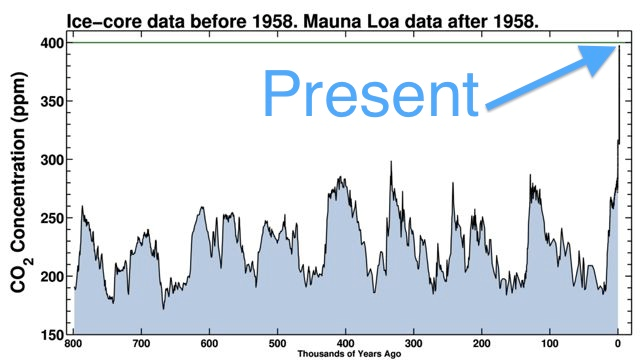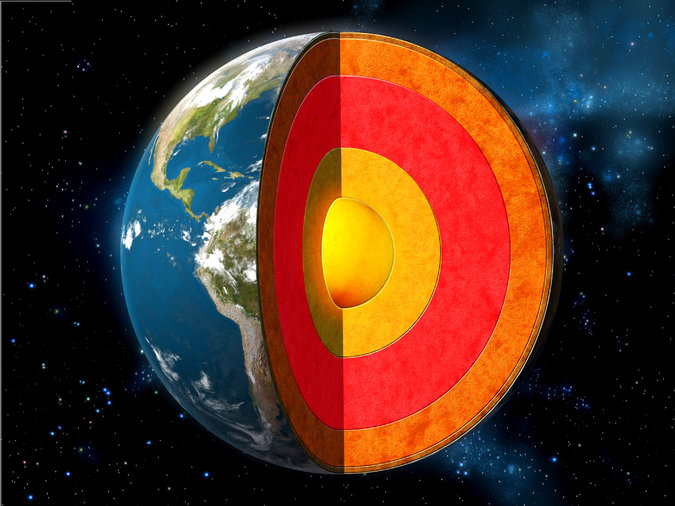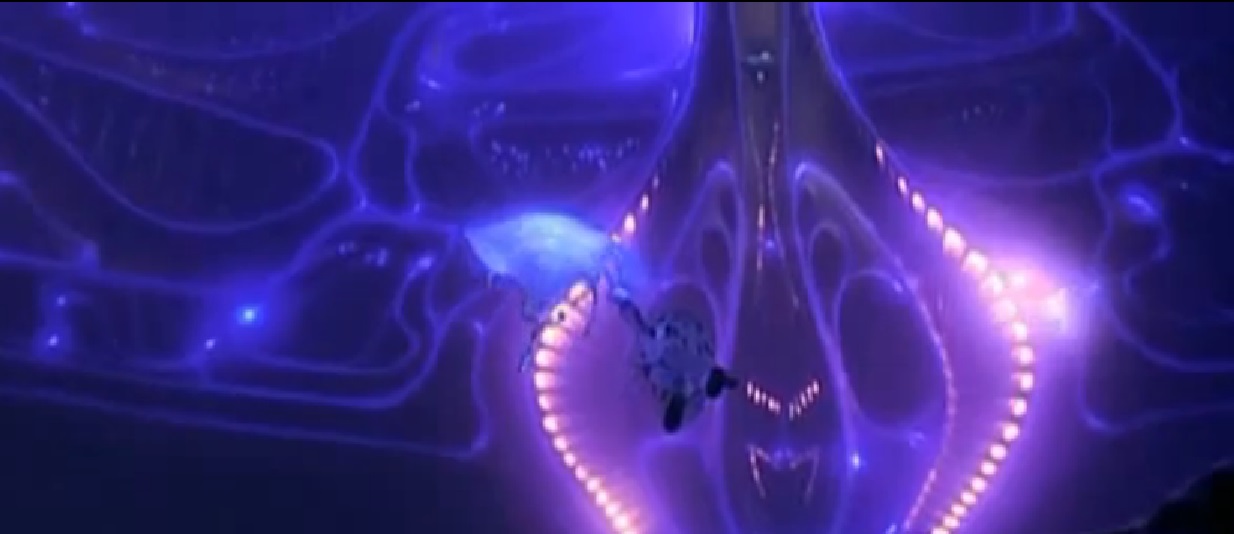 “The news that CO2 is near 400 ppm for the first time highlights a question that scientists have been investigating using a variety of methods: when was the last time that CO2 levels were this high, and what was the climate like back then?…By drilling for ice cores and analyzing the air bubbles, scientists have found that, at no point during at least the past 800,000 years have atmospheric CO2 levels been as high as they are now.”
“The news that CO2 is near 400 ppm for the first time highlights a question that scientists have been investigating using a variety of methods: when was the last time that CO2 levels were this high, and what was the climate like back then?…By drilling for ice cores and analyzing the air bubbles, scientists have found that, at no point during at least the past 800,000 years have atmospheric CO2 levels been as high as they are now.”
Carbon concentration in the atmosphere veers dangerously close to the dubious milestone of 400 part per million. (The revised reading came out at 399.89.) “For the previous 800,000 years, CO2 levels never exceeded 300 ppm, and there is no known geologic period in which rates of increase have been so sharp. The level was about 280 ppm at the advent of the Industrial Revolution in the 18th century, when the burning of fossil fuels began to soar.”



